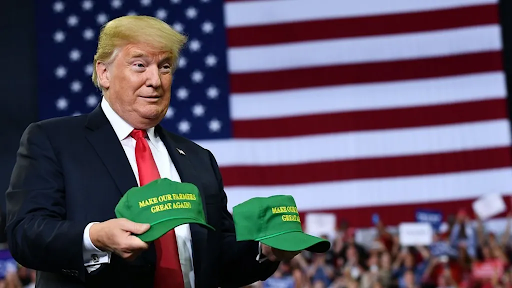High-level US-China negotiations in London focus on export controls and rare earth game
London, June 9, 2025—Today (9), senior economic and trade delegations from Washington and Beijing launched a new round of face-to-face talks in London, trying to inject stability into the recent global market fluctuations. The core issues of this negotiation have extended from the tariff “truce” to the more strategic export control and rare earth industry disputes.
High-level lineup appeared and the talks officially started
Representing the United States were Treasury Secretary Scott Bessent, Commerce Secretary Howard Lutnick and Trade Representative Jamieson Greer. The Chinese side was led by Vice Premier He Lifeng. This talk is based on the 90-day tariff “truce” agreement reached in Geneva on May 12, with the aim of breaking the escalating bilateral trade dispute.
Focus shift: Export control becomes the new “main battlefield of negotiations”
According to the Wall Street Journal, the focus of this negotiation has shifted from traditional tariff disputes to the more strategic “export control” theme, covering core technology fields such as semiconductors, AI chip technology, and aircraft engines.
The US delegation will focus on promoting the restoration of export licenses, including rare earth key minerals; in that Geneva agreement, the two sides have reached a consensus for the first time to ease rare earth export restrictions. At the same time, China is working to establish a stronger voice for its high-tech exports and may set a longer approval period for such applications from the United States.
Global market reaction: tentative optimism, long-term uncertainty
Although global stock markets rose briefly after the announcement of the agreement (such as the S&P 500 rose by about 1%), reflecting the market’s expectations for the negotiations, experts warned that this round of export control debate may trigger a deeper supply chain reconstruction and trade division.
It is particularly noteworthy that the US’s new control measures on issuing student visas to China, visa revocations, and China’s new control measures on technology export approvals to China have also become potential “fires” in this round of dialogue.
Outlook: Short-term negotiations are expected, and structural contradictions remain
According to US President Donald Trump, this round of negotiations “should go very smoothly”, but many financial media pointed out that this agreement is more likely to be a phased relief measure rather than a comprehensive solution
.
If the export control mechanism cannot be opened for approval and restrictions cannot be lifted, the global rare earth and high-end technology industries will still face a deeper supply split. If China and the United States cannot reach a sustained consensus on these structural issues, the “results” of this London meeting may only be a patchwork diplomatic gesture, rather than a fundamental improvement of the trade system.
Reporter’s comment
This London summit represents a strategic shift between China and the United States in the field of trade – from a “tariff war” to a “technology and resource war.” Although the suspension of tariffs has released certain easing signals, if export controls still cover the core industries of the two countries, global supply chain turmoil and regional economic divisions may intensify.
The future focus is still on the official statement after the meeting, especially whether the adjustment of the rare earth and technology export approval mechanism can be truly transparent and regularized. This will directly affect whether the positive signals in the capital market can continue and determine whether this round of negotiations will open a “new chapter” in Sino-US trade relations.



+ There are no comments
Add yours